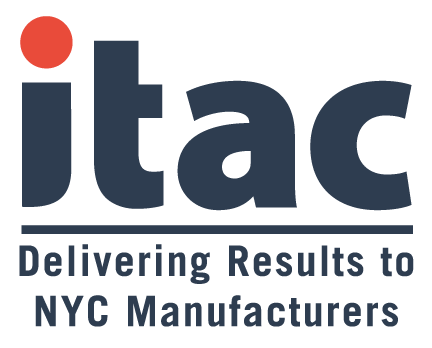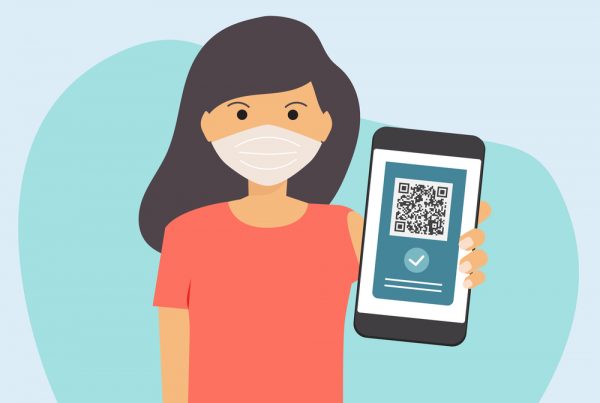The following information is provided by Withum. Visit Withum’s COVID-19 Resource Center for insights to help you and your business during this challenging time. Check out Withum’s Podcast Civic Warriors, a voice for nonprofits – Also on Spotify and Apple Podcasts!
Forgiveness scenario calculator: While we wait for final guidance to complete our full forgiveness calculator, our firm has assembled a forgiveness “scenario calculator” to help clients get a view into what their “estimated” loan forgiveness will look like under different scenarios. See here for more information.
New FAQ from the SBA regarding PPP eligibility: The SBA issued a new FAQ today which has a clear connection to Steve Mnuchin’s comments in a press conference yesterday. The FAQ addresses eligibility. This has been a hot topic as the media has started to report on large, prominent companies who received PPP funds while some smaller companies have struggled to participate. Mnuchin made it clear that the Fed and SBA were going to put parameters around eligibility ahead of the next tranche of PPP funds being issued since the statute was so broad. Below is the output of that statement. We analyze below….
Question: Do businesses owned by large companies with adequate sources of liquidity to support the business’s ongoing operations qualify for a PPP loan?
Answer: In addition to reviewing applicable affiliation rules to determine eligibility, all borrowers must assess their economic need for a PPP loan under the standard established by the CARES Act and the PPP regulations at the time of the loan application. Although the CARES Act suspends the ordinary requirement that borrowers must be unable to obtain credit elsewhere (as defined in section 3(h) of the Small Business Act), borrowers still must certify in good faith that their PPP loan request is necessary. Specifically, before submitting a PPP application, all borrowers should review carefully the required certification that “[c]urrent economic uncertainty makes this loan request necessary to support the ongoing operations of the Applicant.” Borrowers must make this certification in good faith, taking into account their current business activity and their ability to access other sources of liquidity sufficient to support their ongoing operations in a manner that is not significantly detrimental to the business. For example, it is unlikely that a public company with substantial market value and access to capital markets will be able to make the required certification in good faith, and such a company should be prepared to demonstrate to SBA, upon request, the basis for its certification. Lenders may rely on a borrower’s certification regarding the necessity of the loan request. Any borrower that applied for a PPP loan prior to the issuance of this guidance and repays the loan in full by May 7, 2020 will be deemed by SBA to have made the required certification in good faith.11
Thoughts:
- What did they mean when they used the term “businesses owned by large companies?” – The question is odd, because it seems much of the answer invests in calling out public companies. However public companies are generally not “owned by large companies”. Is it possible the writers of this FAQ trying to pull Private Equity or Venture Capital backed companies into the fold when addressing eligibility? Perhaps the writers are trying to separate a “business activity” from the “large company” that runs it? Maybe they were targeting subsidiaries of large enterprises as ineligible? Was this just a poorly worded question (hard to believe that is possible given the scrutiny they knew this would receive)? We simply don’t know but one could conclude that they just wanted to make sure the term “large company” found its way into the lexicon of this discussion.
- “Ability to access other sources of liquidity” – What a broad term. How should we interpret having the ability to access other sources of liquidity? Does that mean if an applicant has an untapped line of credit, they are not eligible? Perhaps a well-capitalized Parent/Majority Shareholder could make a company ineligible? Is having the “ability” to ask VC or PE investors for liquidity a consideration? Is this only a consideration for “large” company’s (still undefined) or do all companies need to consider this? Was this really just meant to target public companies that can access the public market?
- What does “significantly detrimental to the business” mean? – How does one define if the sources of funds are or are not “significantly detrimental.” That would seem impossible to measure, thus, remains purely the “opinion” of the person who must answer the question. As an example, if a PE backed company has the ability to ask their investors for capital, but the capital is unattractive (for a variety of reasons) would that be “significantly detrimental” to the business? If a company can access a line of credit, but the interest rate is 10%, is that significantly detrimental? If accessing capital would result in bank covenants being in peril, would that be detrimental enough to meet this standard?
- Why are public companies called out here? – The question starts by talking about businesses that are owned by large companies.The answer diverts into the public market. This was clearly a focus of Mnuchin, however the example seems to lack an eloquent connection to the question.
- What is substantial market value? – When public companies were pulled into the discussion, the writers of the FAQ describe them as companies that have substantial market value, but do not define what that means. It would appear one could conclude that a “small” public registrant “could” apply. Is it possible that raising capital from the public markets could be access that is significantly detrimental if it dilutes existing shareholders? We think the answer here would be no, because the focus is on the company itself, not the welfare of its shareholders. But one could certainly debate that point.
Conclusion: At the end of the day, the SBA drafted this to “cast a wide net” when it comes to who could be pulled into the spectrum of being ineligible. These terms are likely intentionally undefined to allow for the SBA to debate the facts with a loan recipient if they desire. Companies should carefully read this, come to their own conclusions and document them if the time comes that the SBA asks. This “feels” like a message to the public markets, but it could be interpreted in many ways.
See here for the latest PPP FAQ from the SBA.
Reminder Section (what should I be doing):
- Call your Payroll Company about claiming the payroll tax deferrals and employee retention credits that were made available in the CARES Act – see previous emails.
- Talk to your Payroll Company about the Sick Pay Bill (passed prior to the CARE Bill) – see previous emails.
- Be in constant communication with your Bank (about status of your PPP application).
- Consider speaking with your bank to discuss changes to terms of existing debt facilities. The banking system remains strong.
- If you have already applied for the PPP, start forecasting how you intend to spend the funds and how to qualify for the highest amount of forgiveness possible.
If you have any questions or require assistance with the Payment Protection Program, contact us today.






